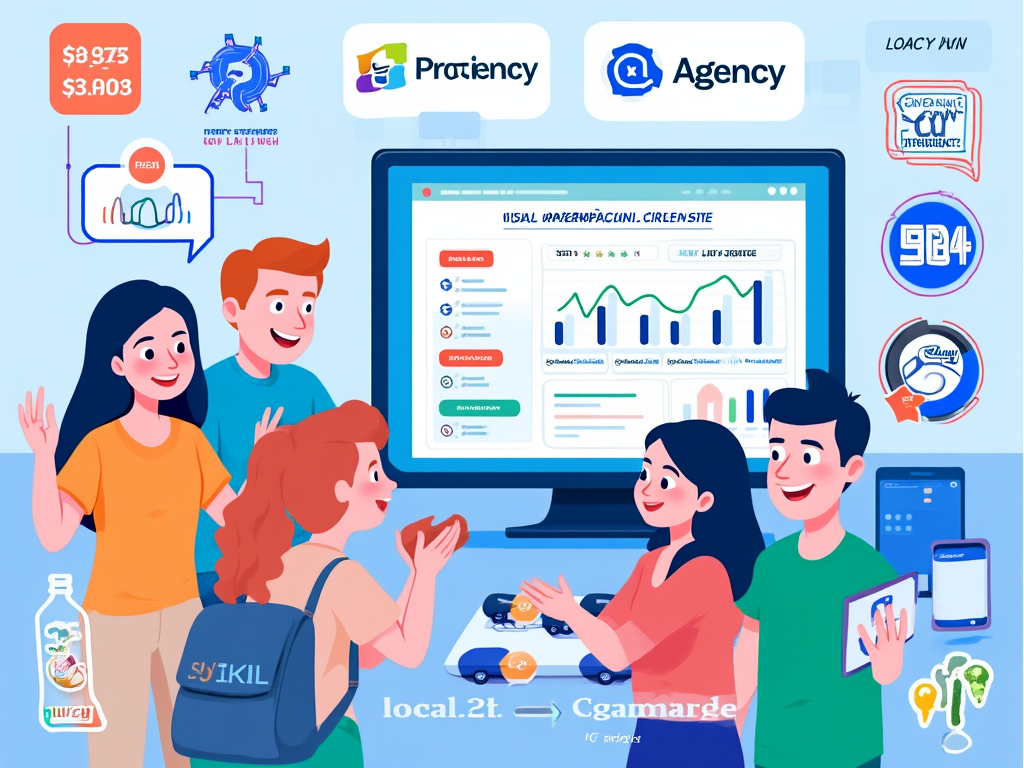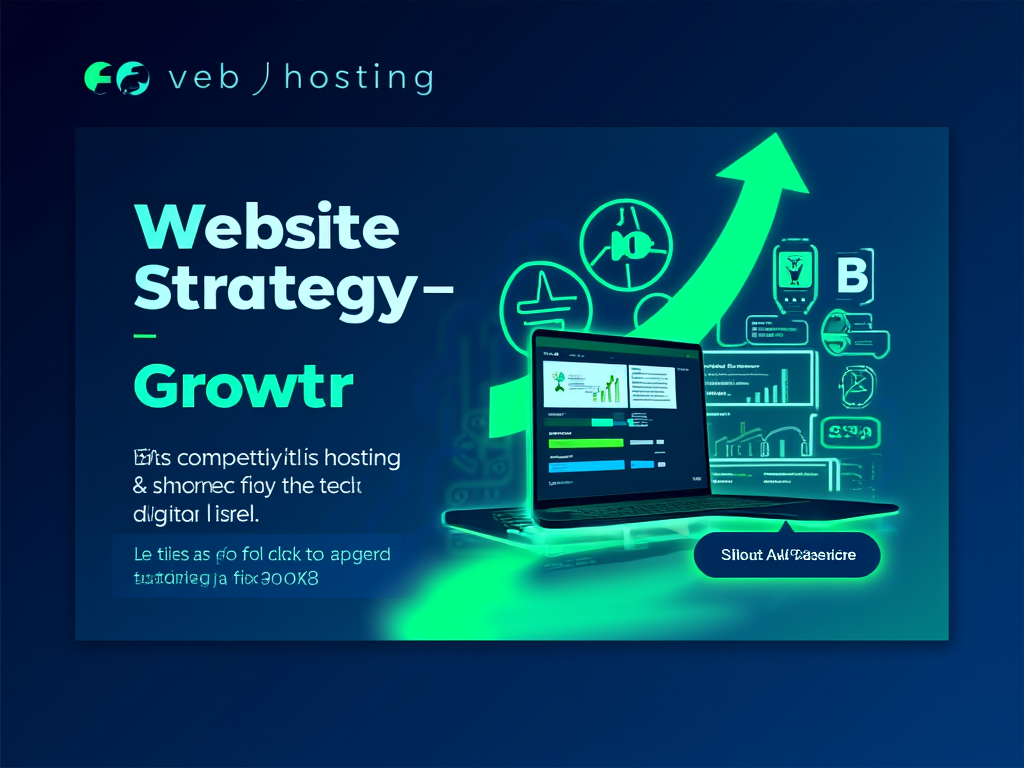Common Website Development Challenges and How to Solve Them
Meta description: Explore the most frequent website development challenges such as cross-browser issues, slow performance, and responsiveness — and learn effective solutions to overcome them.
Introduction
Website development is the beating heart of online presence—it's how users connect, engage, and transform their curiosity into loyalty. Yet, the process can feel like navigating a maze filled with unexpected twists and turns. Behind every beautifully designed page lies a storm of challenges, waiting to trip up even the most seasoned developers. As designers and developers, understanding these challenges and addressing them isn't just essential—it's a survival skill for digital success.
Main Section
1. Common Challenges in Website Development
1. Cross-Browser Compatibility
Imagine a user opening your sleek new website, only to find it glitchy and unrecognizable on their browser of choice. Different browsers have personalities, interpreting code with their own unique quirks. This can lead to catastrophic inconsistencies, as fonts misalign, buttons malfunction, or, in worst cases, users can’t even access the site.
How to solve it:
- Employ cross-platform frameworks like Bootstrap or Foundation, which cater to multiple browsers.
- Conduct extensive testing on real browsers using tools like BrowserStack or LambdaTest to catch compatibility issues early.
- Always keep your code up-to-date; adjustments in browsers' engines can render outdated code obsolete overnight.
2. Slow Loading Times and Poor Performance
In our rapid-fire digital age, patience is a virtue many users no longer have. If your site takes more than three seconds to load, you might as well wave goodbye to potential visitors. Unoptimized images, clunky scripts, and a sluggish server can transform enthusiastic clicks into frustrating exits.
How to solve it:
- Optimize images—tools like TinyPNG and ImageOptim can dramatically shrink file sizes without visible quality loss.
- Minify your code: HTML, CSS, and JavaScript files can be compressed to streamline their performance.
- Implement browser caching and leverage CDNs (Content Delivery Networks) to serve content closer to the user, improving load times globally.
- Consider lazy loading techniques to load only what’s necessary for the viewer at any moment.
3. Website Responsiveness
With over half of all web traffic emanating from mobile devices, responsive design is no longer a luxury—it's essential. If your website doesn’t adapt fluidly to different screen sizes, users on phones and tablets might be left squinting and tapping endlessly in frustration.
How to solve it:
- Adopt a mobile-first design strategy. Starting your design with the smallest screens in mind shapes a better user experience across all devices.
- Use fluid grids and flexible media that resize smoothly.
- Test real device previews to see how your designs respond in actual situations instead of relying solely on emulations.
4. Balancing Form and Function
A beautifully crafted website can be like a stunning painting—striking yet difficult to interpret. Over-decoration can confuse visitors or hinder functionality. Striking a balance between eye-catching visuals and seamless usability is a tightrope walk.
How to solve it:
- Prioritize clarity and functionality. Each design element should serve a purpose, guiding the user effectively.
- Use clear calls to action (CTAs). If a user doesn’t know where to click next, all your stunning designs may fall flat.
- Embrace minimalist design principles that spotlight vital features without overwhelming the senses.
5. Security and Compliance
In a world where data breaches are like pop-up ads, website security can’t be an afterthought. From safeguarding user data to adhering to regulations like GDPR, a breach can cost you far more than codes; it can cost you trust.
How to solve it:
- Enforce HTTPS to encrypt data as it travels across networks.
- Regularly audit your site for vulnerabilities; don’t wait for a breach to find potential pitfalls.
- Educate yourself on compliance standards to ensure your website respects user privacy and data rights.
2. Practical Tips and Best Practices for Website Development
Planning and Tech Stack Selection
Every successful project begins with a solid plan. Before diving in, outline goals, timelines, and allocate resources wisely. Choosing the right tech stack based on your site’s specific needs—whether that's a robust CMS, programming languages, or frameworks—can pave the way for smooth sailing.
User Experience (UX) and User Interface (UI) Design
Focus on user-centered design, ensuring that navigation is intuitive, and that users feel welcome and understood. Combine that with a consistent UI, and you’ll create a welcoming atmosphere that invites users back.
Debugging and Troubleshooting
Effective debugging is like detective work. Isolate problems by disabling specific features to pinpoint bugs. Consistent testing across different environments—browsers, devices, and connection speeds—will save you headaches before launch. Employ version control systems like Git to facilitate teamwork and track changes effortlessly.
SEO and Accessibility Optimization
To increase visibility and inclusion:
- Write compelling meta descriptions and structured URLs rich in relevant keywords.
- Enhance accessibility by adding alt text to images; it not only serves users but strengthens your SEO.
- Use semantic HTML5 elements to improve site structure for screen readers—a vital consideration for inclusivity.
Performance Monitoring and Continuous Improvement
Once your website launches, your job isn’t over—it's just the beginning. Tools like Google Analytics or Hotjar help you monitor speed and gather real user feedback. Embrace A/B testing to refine designs based on actual interactions.
Each challenge presents a pivot point—a moment to troubleshoot and innovate. So, when you find yourself facing adversity in website development, remember: with every obstacle lies an opportunity waiting to be uncovered.
FINDDOMAIN.GE (Internet services LLC) is a very interesting and rapidly developing IT company. The main directions are: web development, domain and web hosting. It also offers clients sub-services and outsourcing related to the main services.
BEST OFFERS:
Do you want to create your own company website or create your own online business on the Internet?
– WEB HOSTING
– DOMAIN REGISTRATION
– WEB DEVELOPMENT
– SITE BUILDER



### Conclusion
Navigating the labyrinth of website development challenges requires not just technical know-how but also a strategic mindset. As we've explored, from ensuring cross-browser compatibility to optimizing security compliance, every aspect interlocks—each one reinforcing or undermining the other. The formula for success lies in understanding these nuances and addressing them head-on, creating a seamless user experience that resonates.
Embracing a Culture of Continuous Improvement
The digital landscape is in constant flux, so a website shouldn't be a stagnant entity. Committing to regular updates, performance evaluations, and user feedback loops keeps your web presence fresh and engaging. Think of your website as a living organism—one that needs nurturing through regular care and evolution.
Iterate Based on Data
Website analytics are more than just numbers; they are real user sentiments, buzzing beneath the surface. Note how visitors interact with your site. Analyze bounce rates, track conversion paths, and dive deep into user journeys. Tools like Google Analytics paint a vivid picture of user behavior, enabling you to iterate and refine, ensuring you’re always several steps ahead of the competition.
Integrating User-Centric Design Principles
Keeping the user at the center of your design philosophy is akin to planting seeds for long-term growth. Beyond aesthetics, question how each design choice impacts navigation and interaction. Engage users early on—collect opinions and conduct usability testing, reinforcing confidence in your design choices.
Investing in Robust Security Measures
As the digital world expands, so does the cybersecurity threat landscape. Invest in ongoing security training for your team. Incorporate advanced measures like Web Application Firewalls (WAFs) to shield your website from attackers. Remember, a single breach can tarnish reputations built over years. Regularly educate users on safe practices and consider implementing multi-factor authentication (MFA) for added protection.
Final Thoughts
In the end, success isn't merely about overcoming hurdles; it's about harnessing the challenges into opportunities for innovation and engagement. Your website can become a powerful platform for brand identity, community building, and revenue generation when approached with diligence and creativity. Embrace the complexities of website development—the rewards can be incredibly fulfilling. While trends may shift, principles of usability, security, and performance continuously reign supreme.
To further explore these strategies, check out these insightful videos:
- Cross-Browser Compatibility Issues and Solutions
- Website Performance Optimization Techniques
- Responsive Design: How to Build a Mobile-First Website
- SEO Best Practices for Developers
In this journey of website development, remember: embrace the struggle, for it shapes not just your project, but your evolution as a developer.
FINDDOMAIN.GE (Internet services LLC) is a very interesting and rapidly developing IT company. The main directions are: web development, domain and web hosting. It also offers clients sub-services and outsourcing related to the main services.
BEST OFFERS:
Do you want to create your own company website or create your own online business on the Internet?
– WEB HOSTING
– DOMAIN REGISTRATION
– WEB DEVELOPMENT
– SITE BUILDER






![Top Web Design Company in [Your City] for Small Businesses](https://besthosting.ge/wp-content/uploads/2025/08/top-web-design-company-in-your-city-for-small-businesses.jpg)

